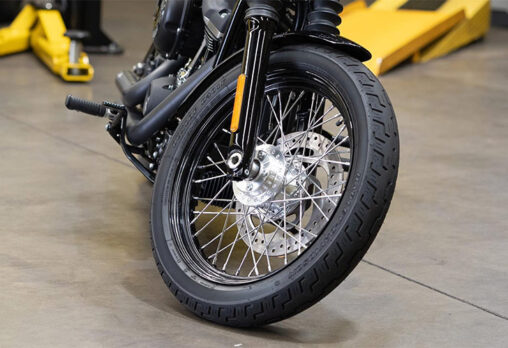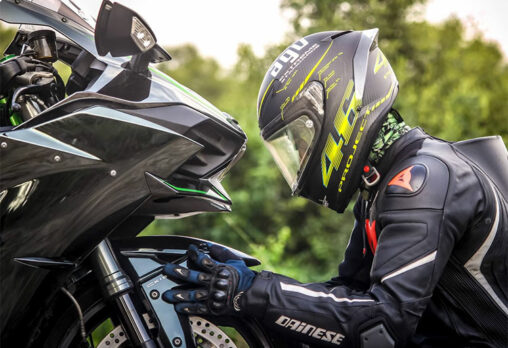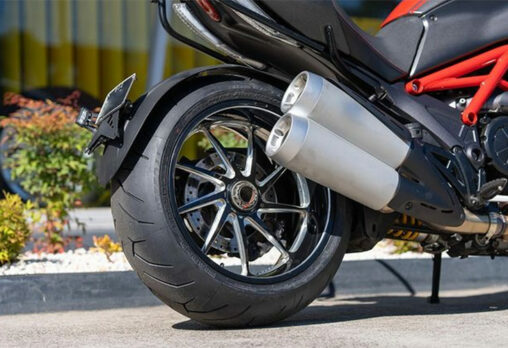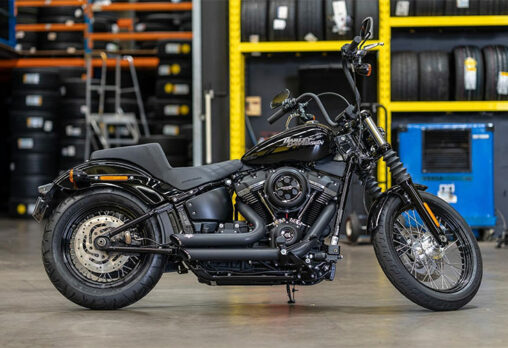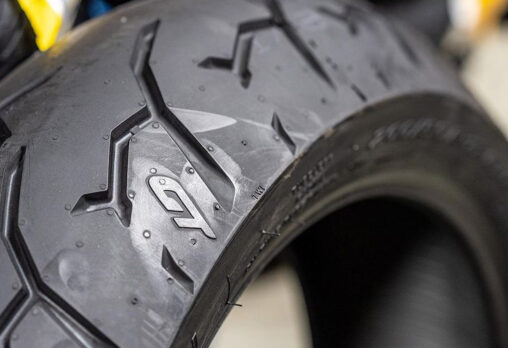If there is one thing the team at Tyremen MC constantly remind our customers, it’s to check their tyre pressure regularly. Motorbike tyre pressure is extremely important, as the air within the tyre carries the load, unlike the tyre itself.
Ensuring the correct psi makes your riding experience safer and more comfortable while also increasing your tyre’s longevity. The ideal tyre pressure varies with each motorcycle, all of which have their own recommended psi pressure that the manufacturer has set.
Read on for our motorcycle tyre pressure guide and learn more about the factors that set the pressure, along with some important tyre pressure safety tips from our experts.



